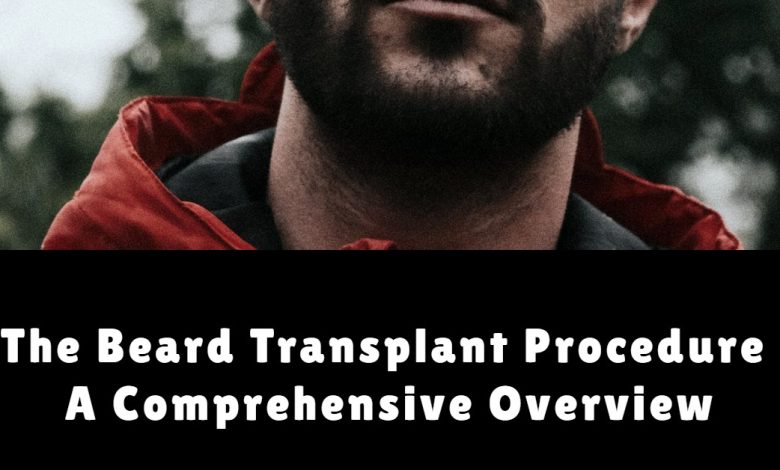The Beard Transplant Procedure – A Comprehensive Overview

Growing a lengthy and thick beard is not a piece of cake for every man. It takes time to grow facial hairs and requires proper care and maintenance. However, keeping a beard has become a trend in this era. But all males are not blessed with the natural thickness and growth of facial hairs. Some cannot grow full beards due to genetics, medical, and surgical reasons.
Nevertheless, a facial hair transplant could be a viable solution for those folks. If you are among those who do not have proper beard growth, you can consider this treatment plan. You would have to consult with a good hair surgeon to construct your specific beard growth plan. Please read the post below to see how this treatment works and its prospects.
What is facial hair treatment all about?
A facial or beard hair treatment includes surgical implanting hairs on the face to naturally grow the beard. A surgeon would have to use natural hairs derived from the back of your head. These hairs will then be relocated to the bald facial skin. The professional surgeon will precisely place each hair follicle to construct the beard. However, the implantation can cover a patchy or full beard to provide you with natural looks. The procedure might take 5 to 6 hours to complete. After getting the beard transplant, you can go back to your home and wait for the hair to grow. This surgical treatment is mainly accomplished with FUE or FUT procedures. However, the selection of treatment procedures would depend on your unique needs.
How does beard restoration treatment work?
For a complete beard restoration procedure, the ideal requirement for hair grafts is 2000. The procedure will cover the full facial area to implant new grafts to grow the beard. The surgeon will mark the chin, mustaches, and cheeks to implant extracted hairs. However, you must have donor hairs on the body to meet the requirement for grafts. The task will be executed after giving you the sedation with local anesthesia. This will reduce the pain of implanting hairs, and you can stay alive during the process.
Procedure for beard restoration
In most cases, FUE is the preferred technique for facial hair transplants. With this technique, the hair surgeon can extract hairs individually from the back of your head. The surgeon might also get hair grafts from your chest and thighs. Generally, beards have thick hairs so getting them implanted with the help of chest hairs is useful. FUE is the preferred treatment because it does not leave a visible scar on the back of the head.
Moreover, this procedure is precise, so you can construct a new beard with proper shape and alignment. The surgeon will determine the density and direction of the beard to provide you with natural facial hair growth. In 9-12 months, you can see fuller and thicker growth of facial hairs.
What to expect after beard implant surgery?
As a general rule of thumb, you would want to get fuller beard growth after transplantation. So, a beard transplant would derive full expectations from making you satisfied. It has a full success rate, so the growth of a beard is inevitable. After surgery, the implanted hairs will fall out within a few weeks. However, this will be a good thing since the shedding of hairs will make way for new hairs. The hairs will grow back permanently and appear with fuller and thicker growth. However, it would take around a year to see the complete growth of facial hairs. But you will get natural-looking results without any hitches.
To Sum up
Undergoing a facial hair transplant is a good decision to augment the growth of the beard. This is a safe procedure that will not adversely impact your health. You can get precise treatment from a board-certified hair surgeon. You can keep your style and enjoy real manhood with full beard growth. Beard will give you a masculine look and boost your confidence too.




